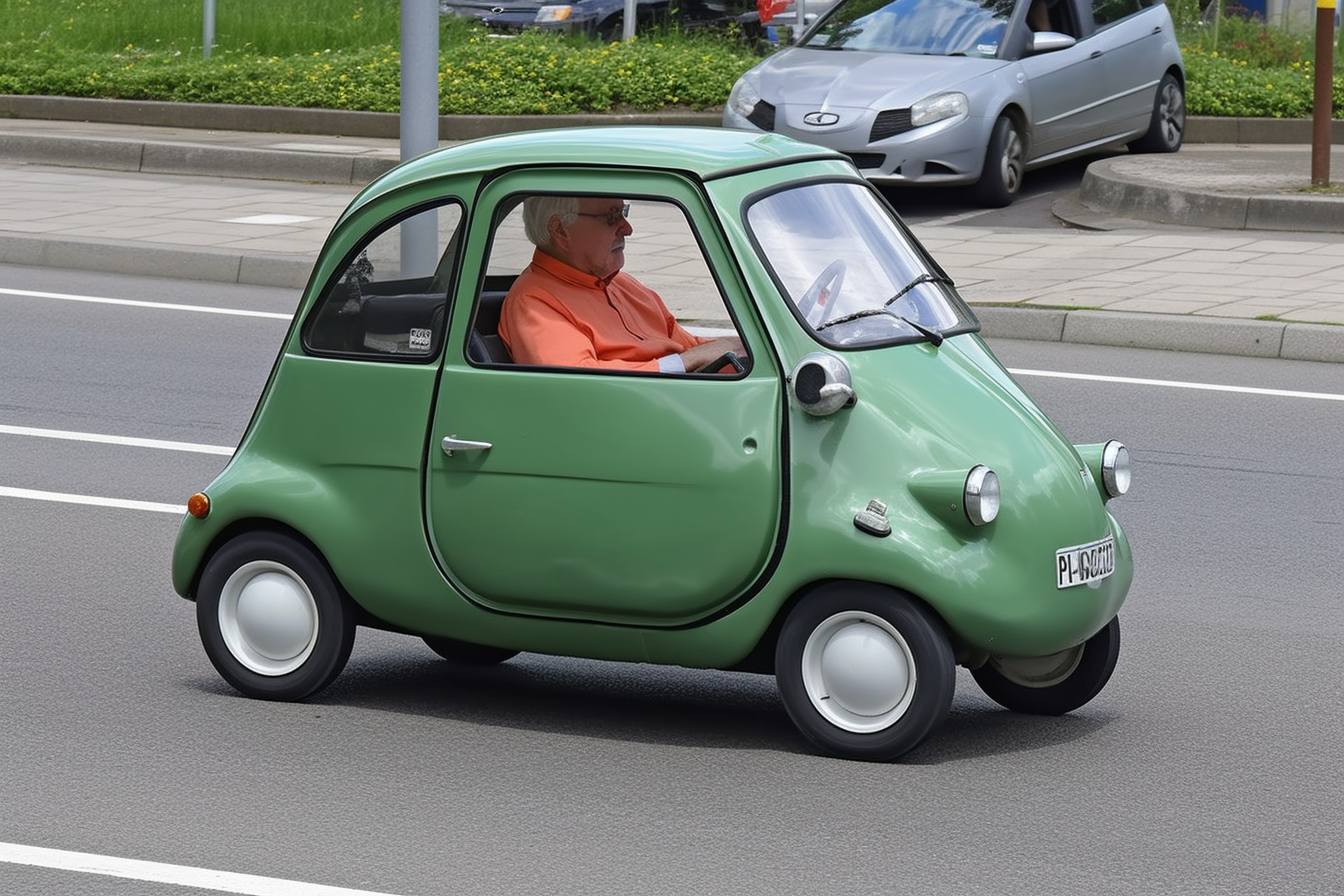Transforming Industrial Operations through Ergonomic Design
The dynamics of the industrial sector are constantly evolving, and one of the key elements driving this evolution is ergonomic design. This in-depth exploration of ergonomic design in industrial operations will delve into its historical context, current trends, and practical applications, shedding light on its impact on productivity and business growth. Ergonomics, often overlooked, is actually a game-changer in the industrial world.

Ergonomics, also known as human factors engineering, is the study of designing products, systems, or processes to take proper account of the interaction between them and the people who use them. The goal of ergonomic design is to reduce human error, increase productivity, and enhance safety and comfort in the workplace.
A Historical Context of Ergonomics
The concept of ergonomics dates back to the early 1900s, but it wasn’t until World War II that it gained recognition as a scientific discipline. The war necessitated the design of equipment and devices that could be operated under extreme conditions, leading to the emergence of ergonomics. Since then, it has been increasingly incorporated into industrial design and operations.
Current Trends in Ergonomic Design
Today, companies are increasingly recognizing the importance of ergonomic design in enhancing productivity and reducing workplace injuries. Not only does an ergonomically designed workspace increase worker satisfaction and efficiency, but it also reduces the risk of work-related musculoskeletal disorders (WMSDs). As a result, companies are investing in ergonomic chairs, desks, keyboards, and even industrial equipment to ensure the comfort and safety of their employees.
Practical Applications and Impact of Ergonomic Design
Ergonomic design has a profound impact on productivity and business growth. When employees are comfortable and safe, they are more likely to be productive and engaged. This not only leads to increased output but also reduces costs related to workplace injuries and absenteeism. Furthermore, ergonomic design can also improve the quality of work, as employees are less likely to make errors when they are comfortable and focused.
Practical Insights for Implementing Ergonomic Design
-
Assess the current workplace: Identify areas of discomfort or risk for employees, and examine how the current design may be contributing to these issues.
-
Involve employees in the design process: Employees are the ones who interact with the workspace the most, so their input is invaluable in creating a more ergonomic environment.
-
Invest in ergonomic equipment: This may involve purchasing new furniture or redesigning existing equipment to better suit the needs of employees.
-
Provide training: Employees should be educated on the importance of ergonomics and how to utilize ergonomic equipment properly to reap its benefits.
In conclusion, ergonomic design is an essential component of modern industrial operations. By creating a workspace that prioritizes the comfort and safety of employees, companies can enhance productivity, reduce costs, and drive business growth. As the industrial sector continues to evolve, the importance of ergonomic design will only continue to grow.




